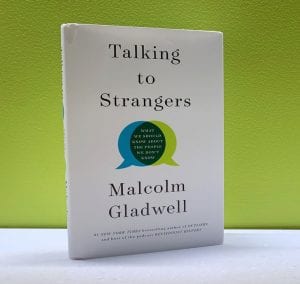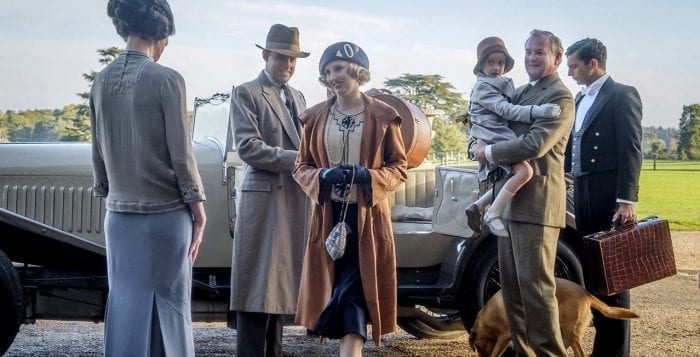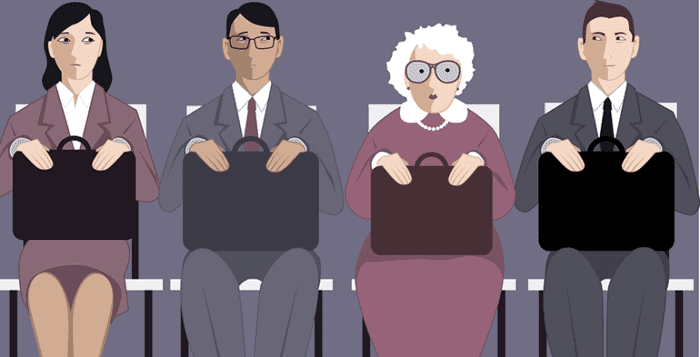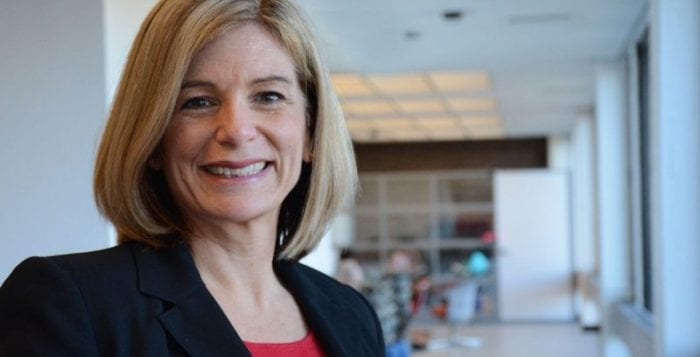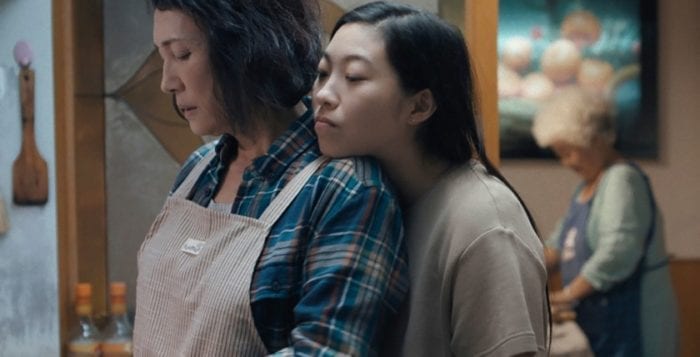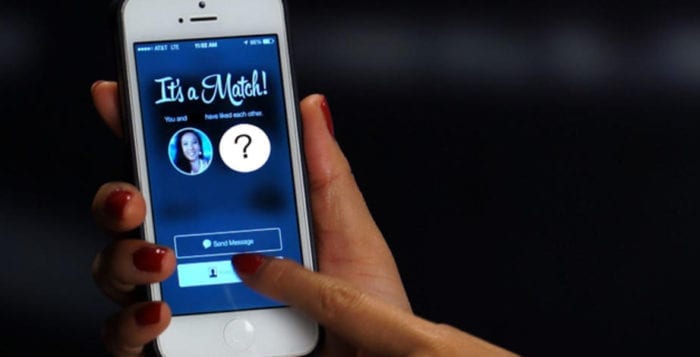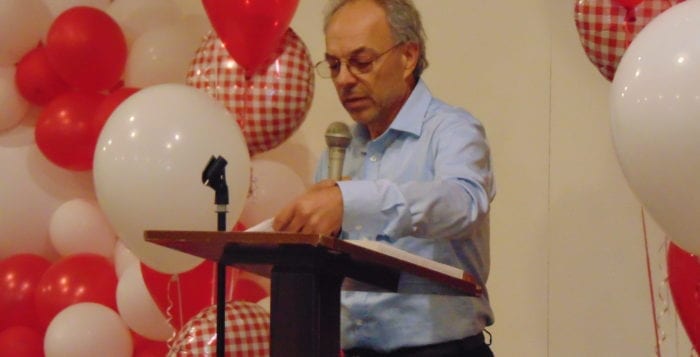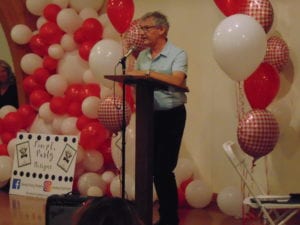By Leah S. Dunaief

There are people who think sleeping is a waste of time. These people go to sleep each night with great reluctance and insist they only need three or four hours of sleep to function well. Maybe they do. There are
others who walk around chronically sleep deprived, nodding off immediately when the house lights dim at a lecture or performance, because in spite of their best intentions, they just don’t get enough sleep.
I’m here to declare that sleeping is one of the more creative pursuits, that in addition it is enjoyable, and that the end result the next day is to enable one to leap tall buildings at a single bound.
I enjoy sleeping.
Now presumably everyone knows what sleep is. But studies have shown that sleeping is a different experience from one mortal to the next. For example, I readily acknowledge that I am one of the lucky ones (good genes) who lie down in bed and almost immediately drift off to sleep. Indeed, I run out of gas and have to go to sleep, like a child, willingly or not. I understand that some people have a terrible time falling asleep. My husband was one of these. Watching me sleep, he surely had acute sleep envy.
How does that happen? I can tell you how it is for me — a statistical sample of one. As soon as I lie back and close my eyes, something akin to a story or even a movie begins in my head and leads me into sleep. If I am interrupted before I fall entirely asleep, a different story starts up when I go back to bed, even if it’s just a couple of minutes later, and I’m off.
I have read all sorts of suggestions for people who struggle to fall asleep, hoping to help my husband. Maybe what I’ve learned can be of help to you if that is also your problem.
I do not have distractions in my bedroom. It’s rather sparsely furnished, mostly with pictures of my family and some knickknacks I have carried home from my wanderings. It is one of the best-ventilated rooms in the house, and I like it quite cool and quiet when I sleep. I have an outrageously comfortable mattress that is turned every three months. I also enjoy colorful sheets and a comforter rather than a blanket. My pillows are neither very fluffy nor flat, and they are down-filled.
I almost never read in bed, nor watch television. I don’t have a desk there, with lots of correspondence to answer, nor a computer. Sometimes I take a bath before bedtime, sometimes a shower, sometimes neither, and I never drink hot milk. In fact, if I have alcohol, I may fall asleep even more quickly, but I am surely going to wake up around 3 a.m., when the effect has worn off. Best of all, I find, is to drink nothing after dinner so one’s bladder is skinny.
I also sleep pretty soundly, getting up sometimes once in the night. I find it tempting, after I return to bed, to pick up a book or newspaper to see what’s happening in the world — I am a news junkie — but I resist that urge and as a result usually fall back to sleep. If I don’t, I urge myself to get up and wash the kitchen floor, and that will generally do it.
There are, of course, different internal clocks for different people. Some are perfectly happy going to bed at 11 p.m. and waking up at 7 a.m. in time to get ready for work or school. Others start whipping around at 11 p.m. and are most productive when the rest of the world quiets down. My mother and father were badly mismatched in that way. My dad was used to living on a farm, where he went to bed at 8:30 p.m. and got up in time for the 4:30 a.m. milking. My mother did her work between midnight and 4 a.m. Somehow they did get together, but it wasn’t easy.
My advice: Find a job that fits your biological clock and you’ll be a happy person.
You might wonder that I find sleep creative. If I have a problem, whether mathematical or any other kind, I will often go to sleep at night with it on my mind and wake up with the solution at hand. Sleep is such a mysterious process. The brain works during sleep, and the body feels so much the better for the respite in the morning.
Rerun for emphasis from Oct. 19, 2006.



